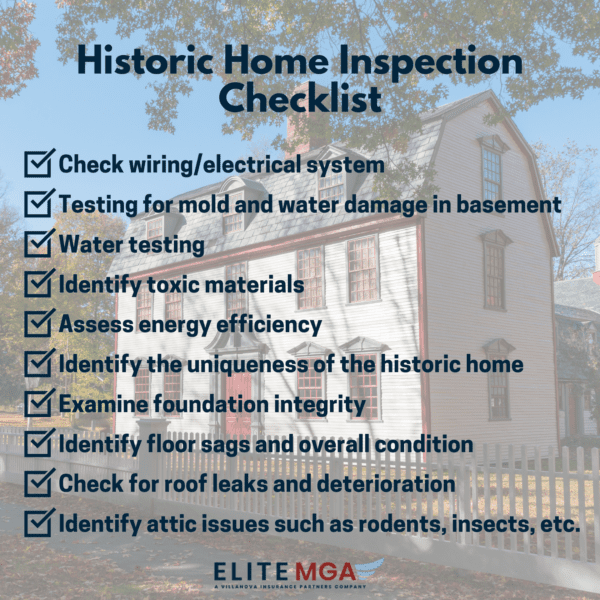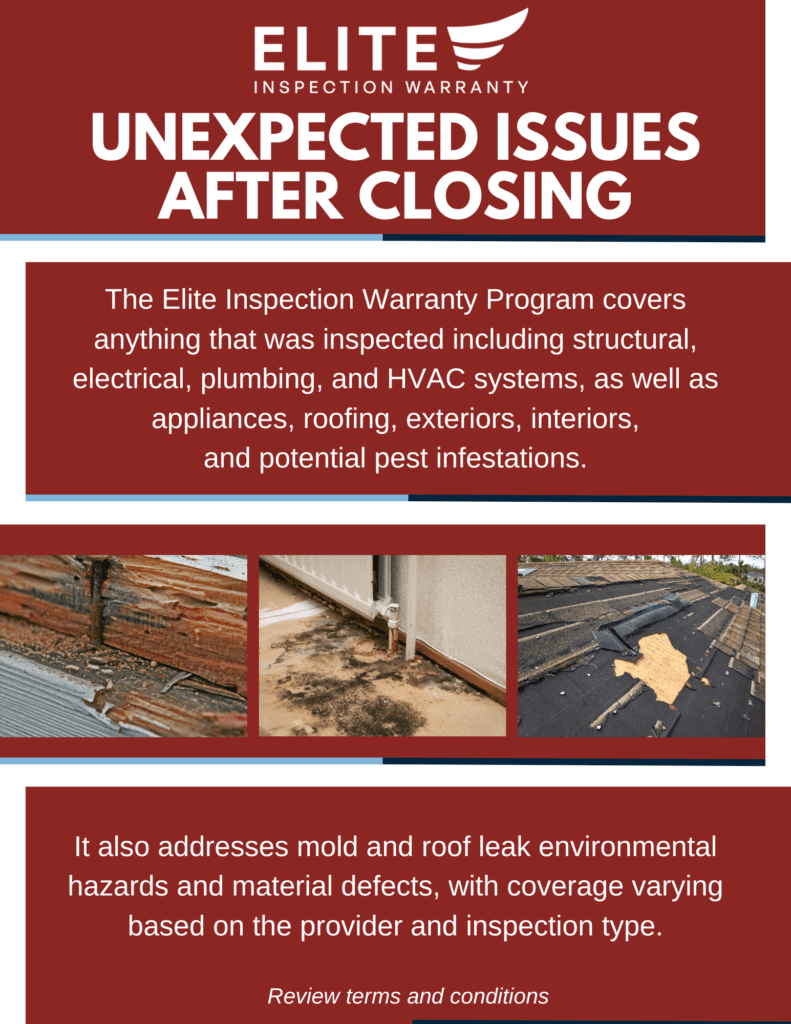Identifying a historical home can vary greatly and often is subjective. “Historic” homes are synonymous with older homes. Homes that carry such distinction normally have some rooted significance within the community. Some of these particular homes may also include the designation as a landmark. A home may receive a landmark status by a local, state, or federal government. Due to the historic nature of landmarked homes, a part of the designation of these homes carries specific requirements to maintain the historic appearance of the dwelling. For such distinction, the following criteria is frequently applied:
- The age of the property is normally over 50 years old.
- The property retains much of its original character, appearance, and construction materials.
- The property is significant because it is connected to people, events, or developments that are historically important.
It is critical to be familiar with the specific local municipal codes or the local preservation office for the particular requirements of the inspection.
How to Identify Historic Homes and Old Houses
Identifying historic houses and older homes can present a challenge. The National Register of Historic Places has basic guidelines and criteria for properties to be identified as historic and/or landmarked. The general rules are as follows:
- The house holds important information of a certain, specific period in time.
- The house is associated or connected to significant events in history.
- The house contains or exemplifies unique construction features or techniques that make it unique within a historical context.
- The house is connected to the lives of persons who hold significance to history.
The impact of this historic or landmark designation can potentially alter the standard rules of permitting and inspection.
How Can a Home Inspector Prepare For a Historic Home Inspection?
Historic home inspections can present a challenge for the inspector for a variety of reasons. Preparation on the inspector’s part can significantly reduce potential issues during the inspection. An excellent resource for the historic home inspector is The Secretary of the Interior’s Standards for the Treatment of Historic Properties with Guidelines for Preserving, Rehabilitating, Restoring and Reconstructing Historic Buildings. Published by the U.S. Department of the Interior, National Park Service. The guidelines outlined in the document are frequently incorporated into local municipalities’ ordinances and regulations. The primary concern of historic home inspection is to ensure that all systems and structural components are safe for occupation.
How To Properly Inspect A Historic Home
Historic home inspections often unearth critical deterioration of the home’s structure and systems. A proper historic home inspection should effectively identify areas of concern. The essential elements of a historic home inspection are:
- Foundation
- Wall coverings
- Structural components/floors
- Roof
- Windows
- Exterior coatings/paint
- HVAC system (including chimneys)
- Plumbing system
- Electrical system
- Toxic components/materials
The home inspector’s report about the historic home will be similar to that of an inspection report on new construction but it may mitigate potential future liability by utilizing disclaimers.
What Challenges Can An Inspector Face During A Historic Home Inspection?
With these standards in place, a historical home inspection should also be mindful of the following:
- Check wiring/electrical system
- Testing for mold and water damage in basement
- Water testing
- Identify toxic materials
- Assess energy efficiency
- Identify the uniqueness of the historic home
- Examine foundation integrity
- Identify floor sags and overall condition
- Check for roof leaks and deterioration
- Identify attic issues such as rodents, wildlife, and insect hives
The essential challenge of a historic home inspection is to pay close attention to the aging components of the older, historic home.
How Is Inspecting a Historical Home Different From a Standard Home Inspection?
Some of the inspection process and reporting will remain rather similar, but historical home inspections require more knowledge and experience in the building practices and codes that were in place at the time of construction. While this may conflict with modern practice, an inspector would make the same recommendations as they would for a standard home inspection. Three key differences are necessary between the historic and standard home inspection. They are:
- Focus on safety and integrity of the structure rather than current code interpretations.
- Assess the home’s defects in terms of continuing to function safely.
- Make note and report items and issues that are obsolete.
The essential element of a historic home inspection is to be detail oriented and spend the necessary time evaluating the dwelling. Elite MGA specializes in home inspector’s insurance adding extra protection for inspectors who choose to take on historic home inspections.





